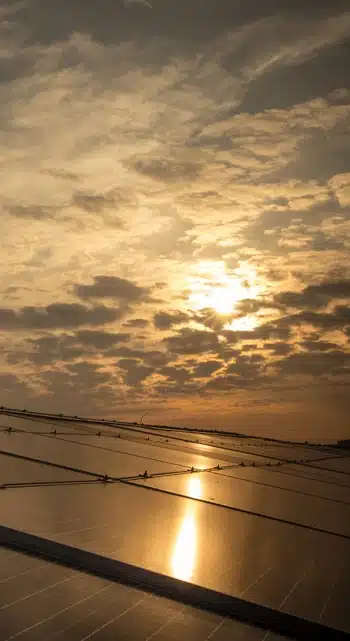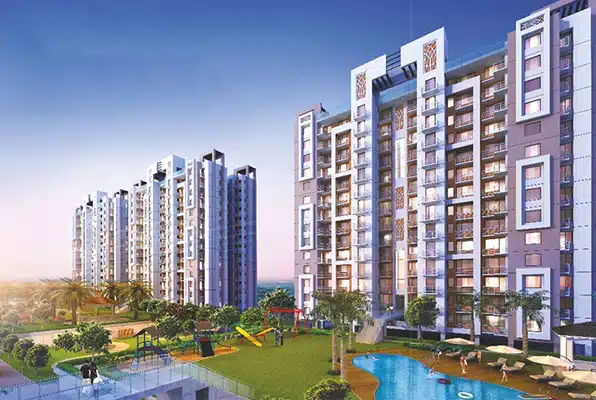With advancements in technology and economy, India is fastly moving towards becoming the most populous country in the world.
The current population density of the country is around 428 people per sq. kilometre with a growth rate of 0.95%. The United Nations
Projection states that India will surpass China in population by the year 2027. The country will add nearly 273 million people by the year 2050, while the current birth rate of the country is 17.163 births per 1000 people.
Most of this enormous population is migrating to urban areas, and for housing and residential space, enormous residential complexes and societies are growing exponentially.
Along with these large residential construction projects, the need for a dependable power supply is increasing.
Street light, complex lighting and pumps for water supply are the basic needs of a residential building.
Ever-rising tariff charges and the present high electrical cost is making the maintenance and operating cost of these complexes much higher. The annual maintenance charge for a flat owner of size 1000 sq. ft. in India is around Rs. 10,000/-, without the replacement and change of component charges.
Statistics show that around 29% of people in India live in residential complexes (rent or owned).
So, power demand in residential societies is higher than ever.
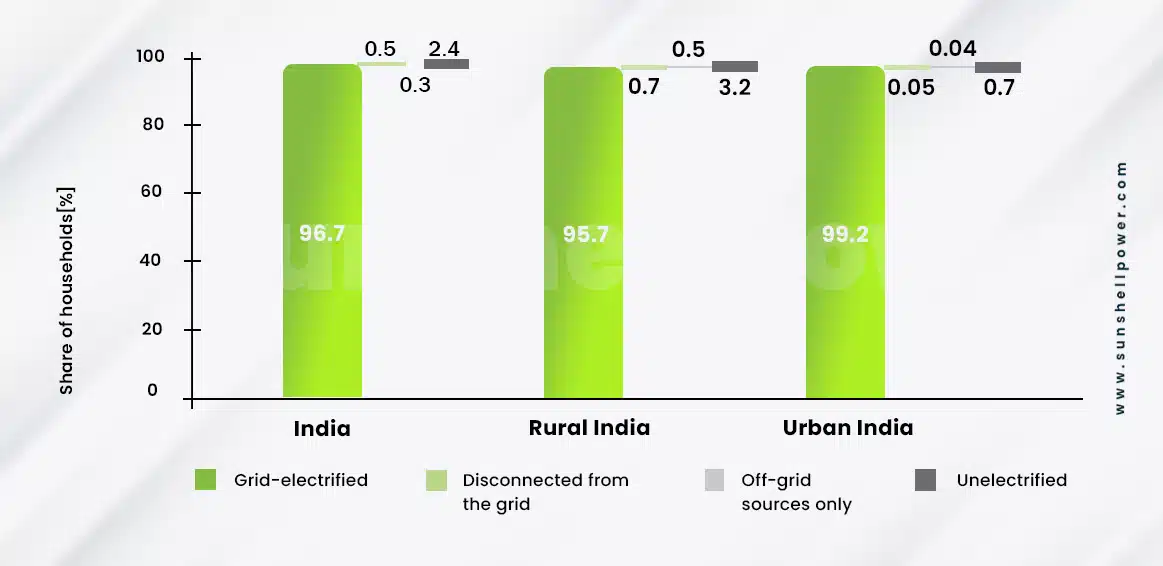
Components of Residential Societies
Based on waste management, water use, energy savings, improved ventilation, and lighting in the homes, residential societies and buildings are graded. According to the Bureau of Indian Standards, the compound and building lighting of a residential building must follow the following rules.
- One-tenth of the floor area for hot-dry climate,
- One-sixth of the floor area for warm-humid climate,
- One-eighth of the floor area for temperature and composite climate,
- One-twelfth of the floor area for cold climate.
According to the Bureau of Indian Standards, solar photovoltaic power plants must be installed on construction plots that are 500 square meters or larger for residential structures. Lighting and other uses inside the home and complex should be made of the electricity produced by the solar plants. These are the guidelines:
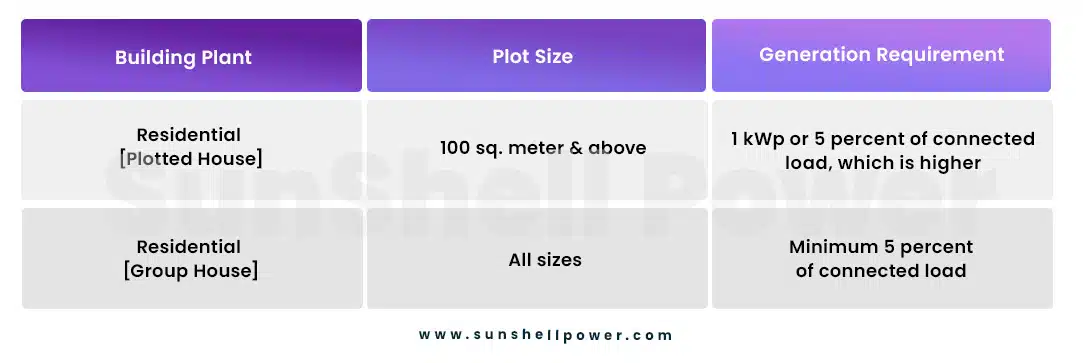
Normally a full-size residential complex shall contain these following services based on the size, occupancy and the price of land in the complex: lifts, gyms, compound lighting, building lighting, conference hall, gathering area etc.
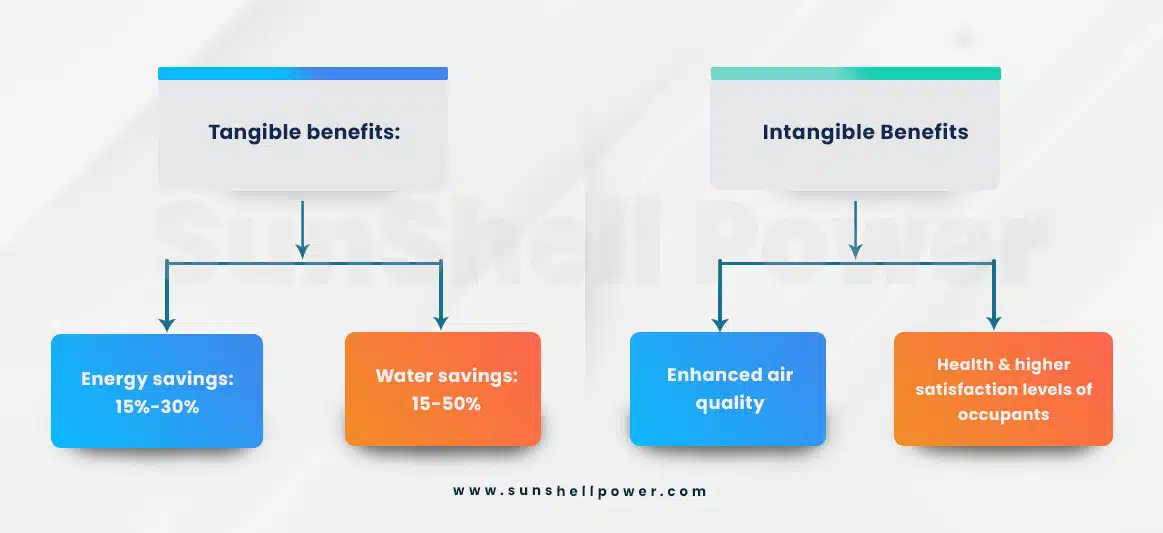
Electrical Load:
The electrical load of a residential complex depends on various attributes like the size of the complex, no. of residents in the society, size, lighting and electrical appliances of the complex. Studies show that around 15 watts of power are required for a 1 sq. ft area in domestic buildings in normal conditions (taken 2℃ less than the comfort temperature based on the adaptive model).
The basic load calculation for a residential complex with facilities like compound lighting, elevator, common area lighting, lift pressurization, and the gym is following:
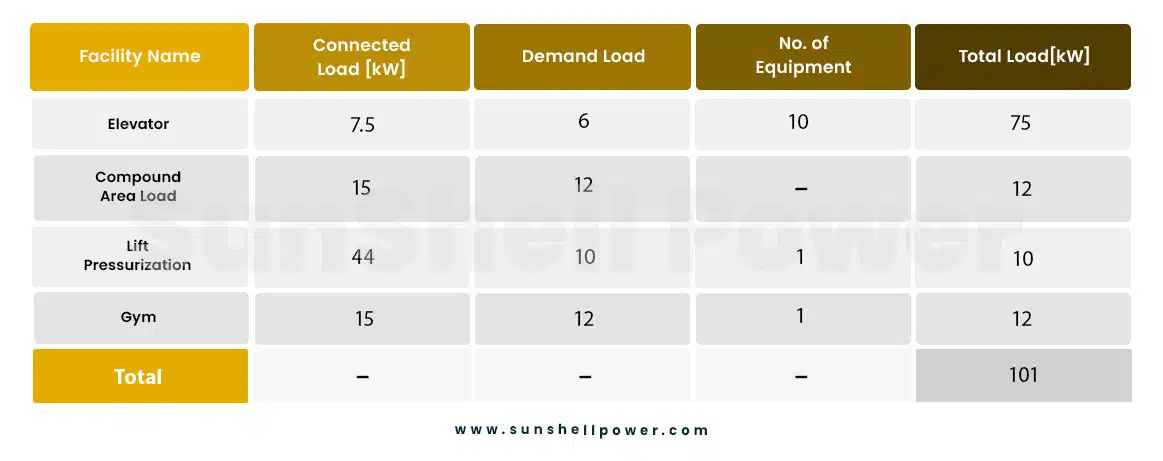
The following table provides the overall electrical load of a proper residential complex:
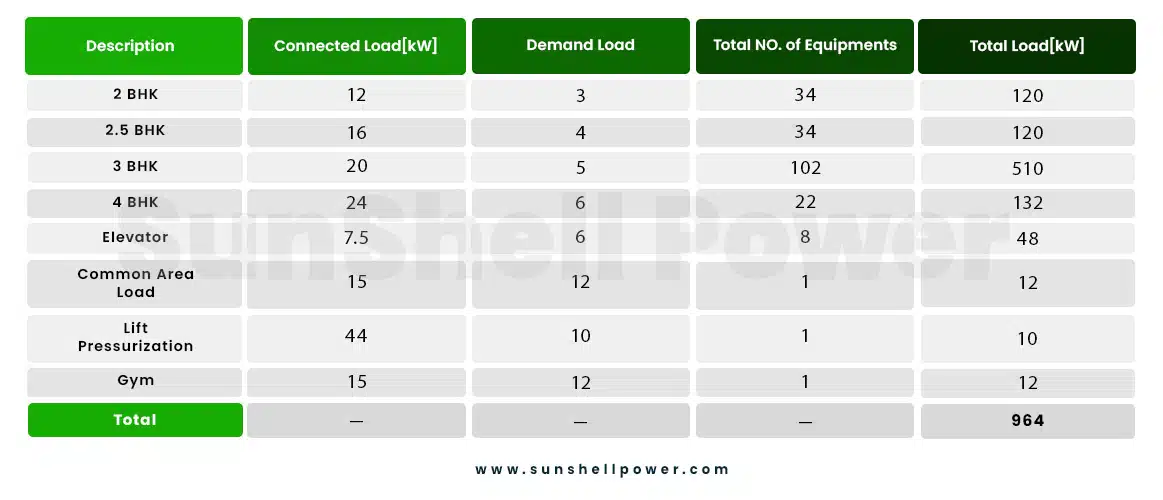
So, for a residential society, consisting 192 flats of sizes 2, 2.5, 3, 4 BHK with facilities like common area lighting, common hall, gym, lift requires a total load of 964kW.
The sudden coal crisis has acted as fuel to the fire of electricity price hikes. Data showed that the number of buy bids, which represent demand on the day-ahead market, exceeded the number of sell bids, which represent supply, by 35%. As a result, the average purchase price increased to 8.23 INR ($0.1087) per kilowatt-hour (kWh), which is more than twice the average price in March 2021.
Problems faced by Residential Societies:
Due to high electricity demand and unreliable power and an ever-growing number of residential complexes in India, the entire sector is facing the following problems:
- Unreliable Power Affecting Daily Life: In India Energy Exchange, the cost of a unit of power skyrocketed in October 2021 due to a lack of coal supply. In March 2022, India had the warmest month in 122 years, and as a result, power consumption grew quickly. Since October 2021, rolling power outages have occurred in a number of states as a result of many thermal power plants running out of coal due to strong local demand and high international coal prices.
Since the bulk of residential societies only needs a substantial amount of power for maintenance and compound use, the inhabitants’ everyday lives were severely hampered by the absence of an energy supply. - Bigger Complex, More Carbon: Because conventional electricity is the source and the majority of residential complexes use a lot of it, utilizing this source of power also has an impact on the environment. Research has shown that 0.38 kg of CO2 is released for every unit of power produced. Reports show that on average a residential society consisting of 4-5 towers emits around 56 Tons of CO2.
- More Diesel More Cost: The majority of residential buildings rely on diesel generators as their primary backup source of electricity, and since power outages and fluctuations are rather regular, high fuel costs increase operating costs, which in turn raise maintenance costs for the complex’s tenants. The major electricity usage in residential and commercial buildings comes from compound lighting and water pumps for drinking water supply.
Power Backup:
The majority of the residential complexes use Diesel generators as their main backup energy source. These diesel generators have a
capacity of around 800-1000 gallons.
So, What’s The Way Out? Solar Solutions for Residential Societies!!!
Human civilization is increasingly moving toward renewable energy as technology advances. Solar power plants are also the most
dependable renewable energy source. SunShell Power provides a solar rooftop solution for any solar residential society. Solar modules have a 25-year life expectancy and need no maintenance, making the plant a stable power source.
For Residential Complexes, we offer three types of solar solutions:
- Grid-connected Solar Rooftop Plant
- Solar Street Light
- Solar Submersible Pump
Grid-Connected Solar Rooftop Plant(On-Grid):
Grid-connected solar power plant with little maintenance and accessible net-metering capability, as well as a credit system based on power banking. This sort of power plant is excellent for establishments with high demand and infrequent power outage
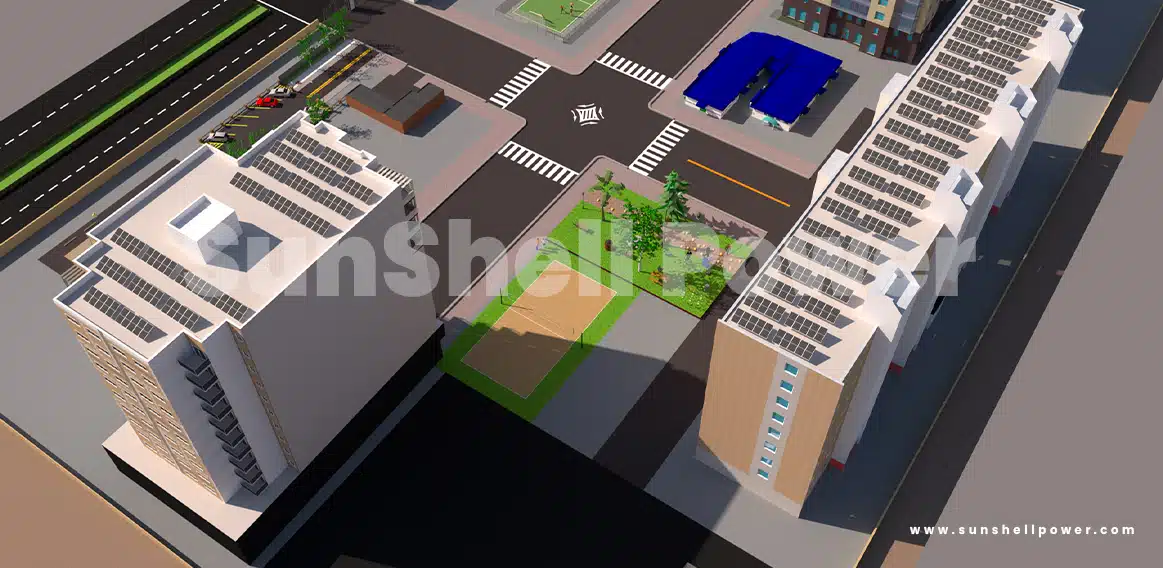
Why On-Grid?
Even though, in SunShell Power, every solar power plant is important and valuable for us, for residential societies and buildings we would highly suggest the authority install on-grid solar power plants. From our previous experiences, we have pointed out several points from which we have declared the Grid-connected plant to be a clear winner:
- These systems are ideally suited for very high power usage and for lowering energy expenditures.
- On-grid plants can be installed with or without net metering,
- On-grid systems are very cost-effective and easy to install,
Benefits Of Solar Solutions for Residential Societies:
Now, the question may arise to your mind – “Why should I invest in solar ?”
Solar power plants are a terrific financial and economical investment that is unquestionably a dependable source of electricity, in addition to being environmentally beneficial and creating green energy.
We’ve compiled a list of eight overall advantages of installing solar rooftop power plants based on feedback from prior customers.
- Reduced electricity costs as dependency on conventional electricity are reduced,
- Reduced bills on running back DG sets,
- The government gives subsidies for solar panel installations,
- Tax benefits by going for accelerated depreciation,
- Easy availability of loans at low-interest rates for solar panel installations,
- Low maintenance and long life span,
- Environment-friendly solar power is the best way to preserve our planet,
- Proper utilization of the unused space on the rooftop,
- By installing rooftop solar power plants, a medium-size residential society can save up to 1 million trees per year.
- Installing the solar plant can save a significant amount of money in roof covering costs. The panels are integrated to be a part of the roof. Solar panels can reduce the roof-surface temperature of a building by up to 38%.
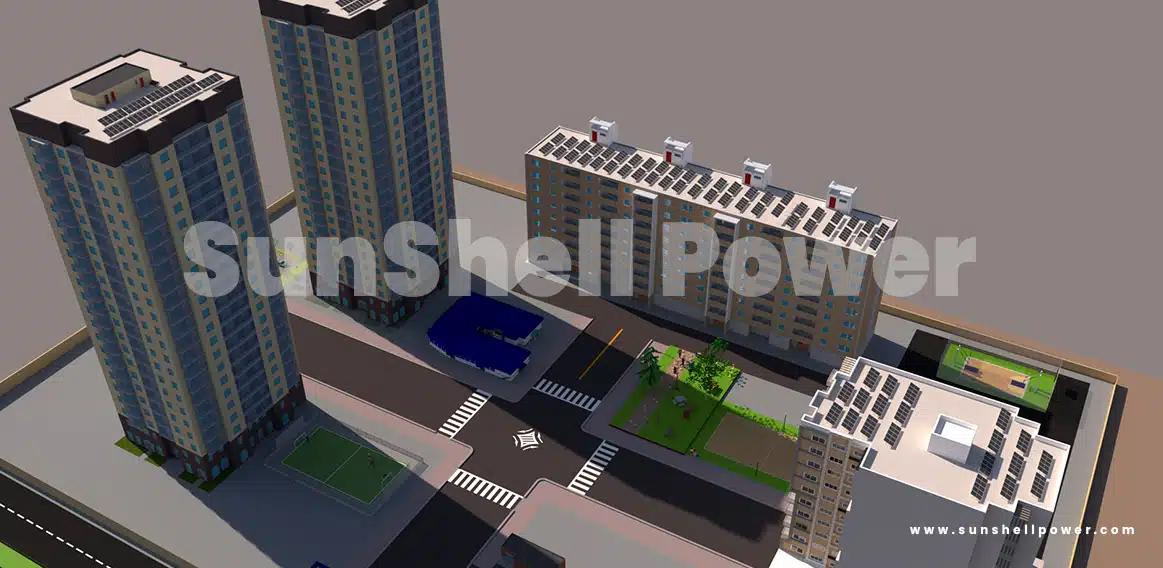
Alternate Solutions:
Solar rooftop power plants may serve as a renewable energy source for the whole residential society, but they can also be used for other purposes and at additional prices.
- Solar Submersible Pump: As one of the most crucial elements of a residential society, water One of the most crucial elements of everyday existence is water.
The daily operation of submersible pumps for water delivery is an expensive procedure. The greatest choice for supplying water in a steady flow from underground for everyday use is solar submersible pumps. - Solar Street Light: Proper compound lighting and illumination are essential requirements for the health and safety of the residents. The Bureau of Indian Standards has also standardized the proper lighting standard for each type of building and residential building as discussed above. Solar street lights are the best option for this purpose.
- Two in one (Semi-integrated): Used for a variety of purposes, these are easy to install and are low-maintenance.
- Solar Mini Mast: Best for places with unstable power sources, uses green energy and needs almost zero maintenance.
Average ROI:
The average ROI of a grid-connected solar plant in a residential society is around 4-5 years, although it can change based on the load of the health facility.

Become A Part of The Green Future:
As the world moves more and more towards green energy and renewable energy plants, residential complexes also need to adapt to the green solar power plants to reach the target of net-zero emission by the year of 2070, a target set by the Central Government of India.
Recently the residential societies of various cities are coming forward to install solar rooftop plants to initiate and enlist in the Green Building Category of The Indian Green Building Council.
Green buildings can have tremendous benefits, both tangible and intangible. The most tangible benefits are the reduction in water and energy consumption right from day one of occupancy. The energy savings could range from 20-30% and water savings around 30-50%.
The intangible benefits of green new buildings include enhanced air quality, excellent daylighting, health benefits etc.
The certification levels of the buildings are the following:
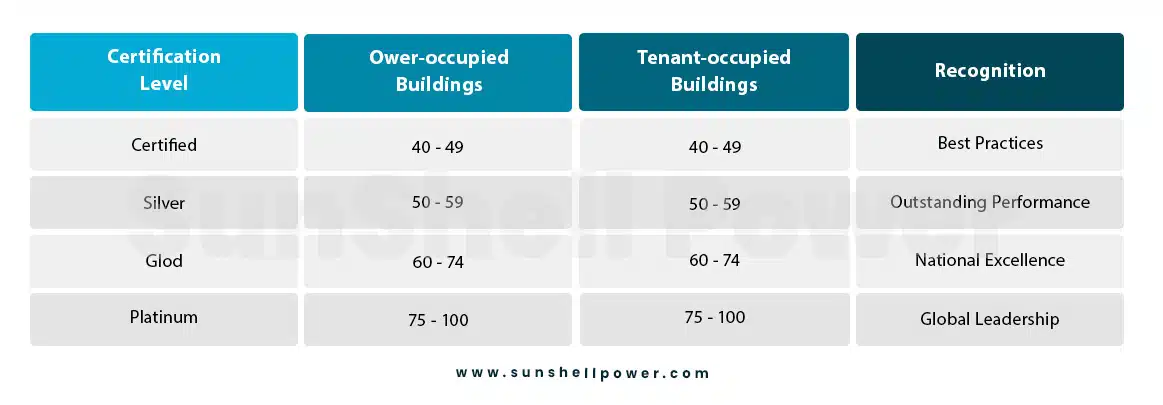
The IGBC Green Homes rating system addresses green features under the following categories:
- Sustainable Sites
- Water Conservation
- Energy Efficiency
- Materials & Resources
- Resident Health & well-being
- Innovation & Design
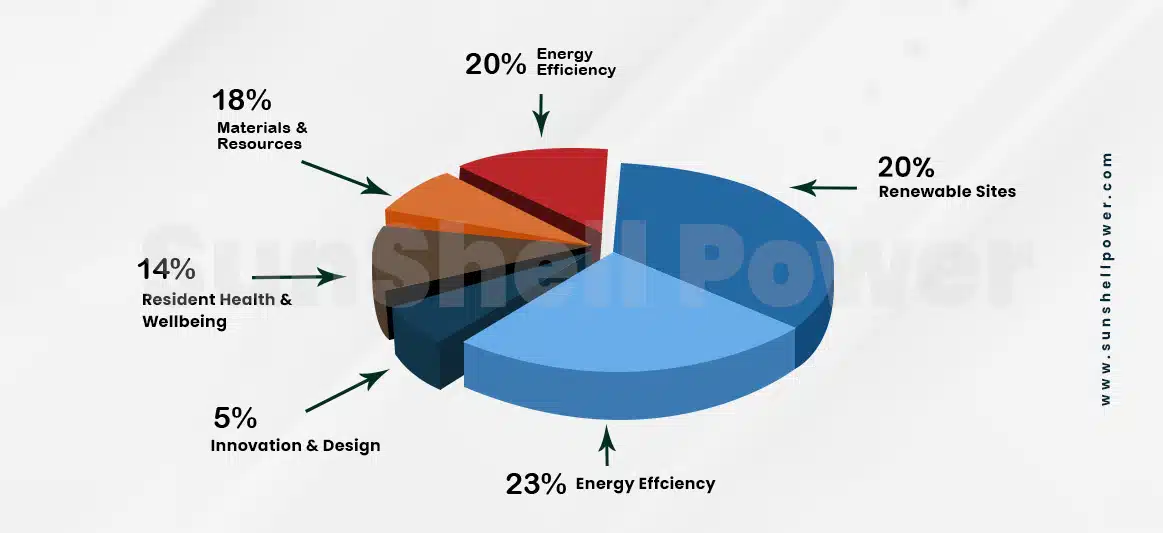
In the year 2016, a residential complex in Pune, consisting of 219 apartments installed a 50 kW solar power plant saving approximately Rs. 10.80 lakh during the first year.
There are quite a few examples of successful solar installations in residential complexes, managed by SunShell Power. Some of them are 81kWp On-Grid Rooftop Solar Power Plant in Kolkata, and 189 kWp On-Grid Rooftop Solar Power Plant at Serampore, Hooghly.
Enquire Now
